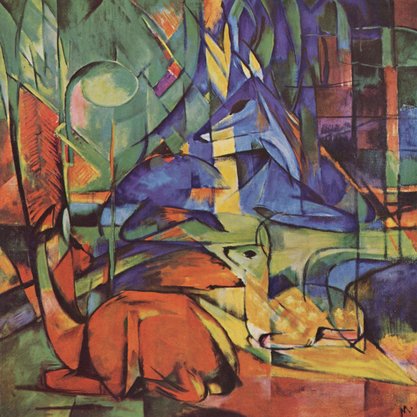Article
Entartete Kunst By Hamlin, Amy Kelly
Article
Entartete Kunst (Degenerate Art) is a term that was used by Nazi authorities to identify, censure, and confiscate art they considered inconsistent with their ideology. It was the cornerstone of an ambitious propaganda campaign that culminated in the exhibition Entartete Kunst, which took place in Munich in 1937. The majority of this so-called degenerate art was Avant-Garde in both form and subject. Abstract Art by German artists, including Max Beckmann, Max Eernst, Ernst Ludwig Kirchner, Paul Klee, and Franz Marc, was particularly vulnerable to Nazi attack; non-German artists such as Vasily Kandinsky and Piet Mondrian were also singled out. As a polarizing concept, Entartete Kunst stems from an essentially anti-modernist, xenophobic and anti-Semitic position. It was designed to legitimize the art of the Third Reich, which was rooted in traditional art forms and characterized by an idealized naturalism that promoted heroic virtues and racial purity.



